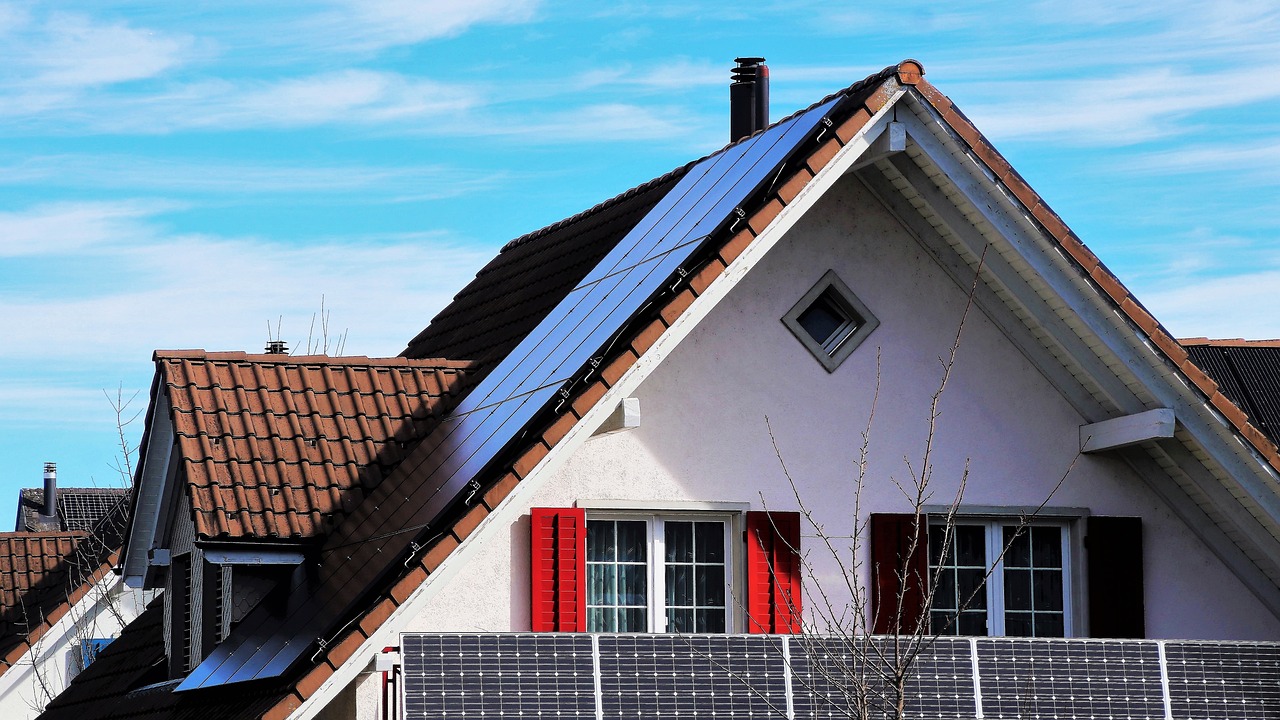The global focus on sustainability and environmental conservation has influenced not only our daily lifestyle choices but also the way we buy and sell property. As eco-friendliness becomes increasingly important in the UK property market, sellers aiming to attract sustainability-conscious buyers must focus on making their home an eco-friendly haven. By adopting sustainable strategies and implementing environmentally responsible practices, you can significantly boost your property’s appeal while improving its energy efficiency and reducing its carbon footprint.
In this definitive guide, we will provide expert advice and practical tips for transforming your home into an eco-friendly paradise that truly stands out in the UK property market. From enhancing energy efficiency and incorporating sustainable materials to creating an environmentally friendly garden, we will delve into the different aspects of eco-friendly home improvements. Employing these strategies will not only attract eco-conscious buyers but also potentially increase your property’s value by demonstrating a commitment to sustainability.
When planning to sell your property in the competitive UK market, focusing on eco-friendliness is an excellent way to differentiate yourself from the competition. By embracing eco-friendly transformation methods and showcasing your property’s commitment to sustainability, you’ll be well-positioned to leave a lasting impression on buyers who value both the environment and the long-term benefits of sustainable living.
Enhancing Energy Efficiency: Reducing Your Property’s Carbon Footprint
A critical aspect of creating an eco-friendly home is improving its energy efficiency, which reduces energy consumption and decreases the property’s carbon footprint. Consider the following strategies to boost your property’s energy efficiency:
- Insulation: Insulate your home using environmentally friendly materials, such as sheep’s wool or cellulose, to minimise heat loss and keep your property comfortable all year round.
- Double Glazing: Installing double glazing not only reduces heat transfer but also improves sound insulation and enhances your property’s security.
- Energy-Efficient Appliances: Replace older appliances with newer, energy-efficient models that utilise less energy and reduce overall running costs.
- Efficient Lighting: Swap traditional incandescent lightbulbs for energy-saving LED or CFL bulbs that consume less energy and have a longer lifespan.
Incorporating Sustainable and Recyclable Materials: A Responsible Building Approach
Employing sustainable and recyclable materials in your home improvements demonstrates a commitment to environmental responsibility and can give your property distinctive eco-friendly appeal:
- Reclaimed Wood: Incorporate reclaimed or FSC-certified wood in your home improvements, reducing deforestation and adding a touch of natural charm to your property.
- Recycled and Eco-Friendly Flooring: Consider using recycled or eco-friendly flooring materials such as cork, bamboo, or reclaimed hardwood.
- Recycled Metal Fixtures and Fittings: Select recycled metal fixtures and fittings, such as door handles, taps, and light fittings, that are environmentally friendly and stylish.
- Low VOC Paints: Use low VOC (volatile organic compounds) or natural paints, which emit fewer harmful chemicals into the atmosphere and are less harmful to occupants’ health.
Creating an Eco-Friendly Garden: A Green Sanctuary
Your outdoor space can be transformed into an eco-friendly oasis that showcases your commitment to sustainability while providing a haven for local wildlife:
- Drought-Tolerant Plants: Choose plants that require less water, such as lavender or sage, to conserve water resources and reduce the need for irrigation.
- Native Plant Species: Plant native species that thrive in your local climate and provide habitat and food sources for local wildlife populations.
- Composting and Mulching: Create a compost area for your garden or utilise natural mulches to enrich the soil, retain moisture, and reduce the need for chemical fertilisers.
- Sustainable Water Features: Install water features that use solar power or incorporate a rainwater harvesting system, minimising their impact on resources while adding allure to your property.
Highlighting Additional Sustainable Features: Going the Extra Mile
Beyond these primary measures, consider adding supplementary sustainable features to your property that will further enhance its eco-friendly appeal and functionality:
- Solar Panels: Generate clean energy by installing solar panels on your roof to reduce dependence on non-renewable energy sources.
- Rainwater Collection: Install a rainwater collection system to use for non-drinking purposes, such as irrigation, flushing toilets, or laundry.
- Green Roof: Create a green roof with vegetation to improve insulation, reduce urban heat island effects, and provide a habitat for local wildlife.
- Electric Vehicle Charging Point: Install a home-based electric vehicle charging point, an increasingly desirable feature for eco-conscious buyers who drive or plan to drive an electric vehicle.
Embracing eco-friendly transformation methods for your property can significantly boost its appeal to sustainability-conscious buyers in the UK property market. By enhancing your home’s energy efficiency, incorporating sustainable materials, creating an eco-friendly garden, and highlighting additional sustainable features, you can demonstrate your commitment to environmental responsibility and differentiate your property from the competition.
In addition to the environmental benefits, creating an eco-friendly haven may also increase your property’s value, providing both short and long-term advantages. With your home transformed into a sustainable paradise, the next critical step is to find the best estate agent to represent your unique property. Use netanagent’s easy-to-use comparison tool to help you find the perfect estate agent who understands both your eco-friendly property goals and the growing UK market demand for sustainable homes.

